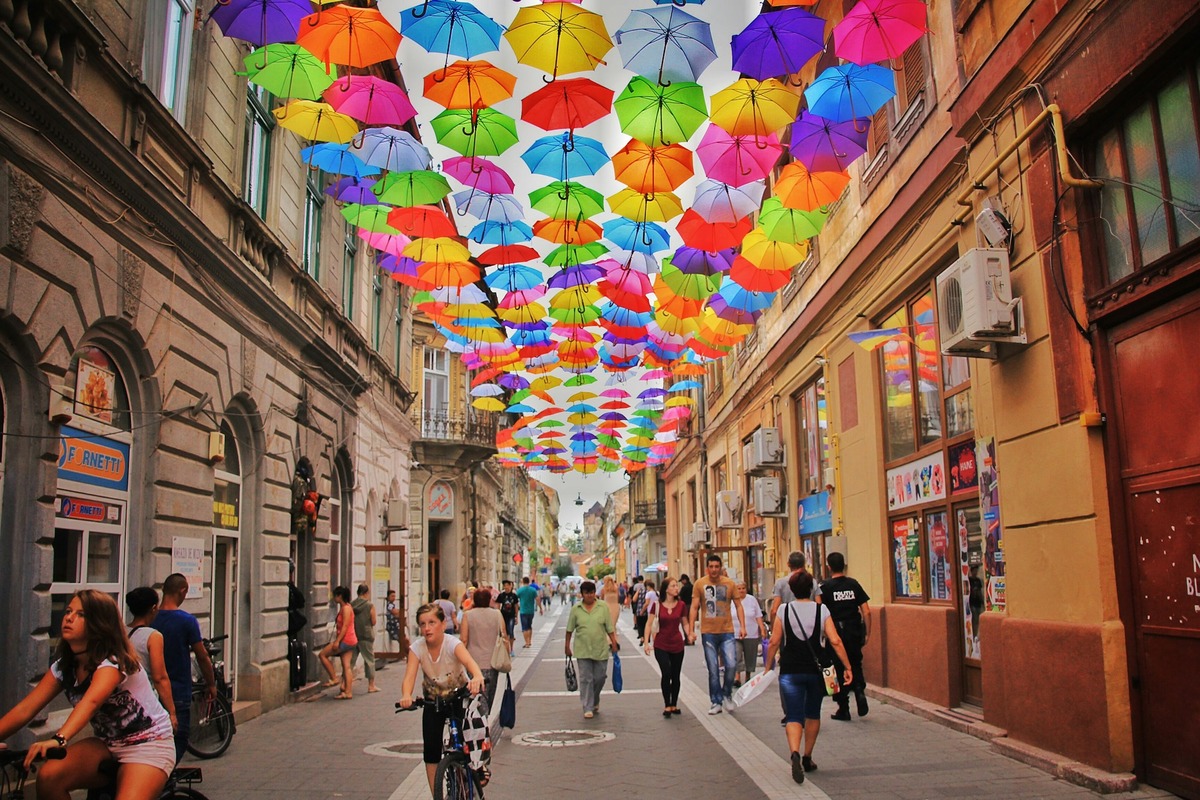The Đeman, pronounced “jeh-man,” is a mystical figure with roots in Balkan folklore and is often portrayed as a supernatural being. The term varies slightly depending on the region; it is sometimes translated as “demon” or “dark spirit,” but its meaning is deeply cultural and symbolic, bridging the worlds of myth, fear, and spiritual belief.
Origins of the Đeman in Balkan Folklore
The idea of the Đeman originates from centuries-old oral traditions in Southeast Europe. Particularly common in Serbian, Bosnian, and Albanian tales, the Đeman symbolizes malevolent forces or entities that test human morality or spiritual strength. These stories were passed down to warn, educate, and entertain, leaving a deep psychological mark on generations.
The Linguistic Roots of the Word “Đeman”
Linguistically, the word “Đeman” may sound similar to the word “demon,” but it developed separately in Slavic and Ottoman-influenced dialects. The use of the letter “đ” gives it a unique regional identity. In some dialects, it means “something evil,” while in others, it denotes a malevolent spirit rather than pure evil.
Đeman vs. Demon: Important Differences
Although the two words sound similar, Đeman is not identical to the Western concept of demons. Demons are typically associated with hell, Satan, and Christian theology. A Đeman, however, is not always evil; they can also represent a force of nature, a cursed soul, or a misunderstood being. This makes Đeman a significantly more complex and culturally nuanced figure.
Typical Characteristics of a Đeman
Đeman are often described as shapeshifters. They can appear as animals, shadowy figures, or even disguised relatives. In stories, they deceive people, steal souls, or mislead travelers. Their goal isn’t always destruction; sometimes it’s to teach a lesson, punish the wicked, or enforce forgotten morals.
The Role of the Doeman in Village Superstition
In rural areas, people have long believed in the presence of the Doeman. They blame it for illness, crop failure, or strange noises at night. Elders tell stories of encounters with Doeman on forest paths or of glowing eyes in the dark. These stories keep the myth alive, especially in remote regions.
Protective Rituals Against the Doeman
Villagers traditionally used amulets, herbs, and religious prayers to ward off the Doeman. Items such as garlic, holy water, and family heirlooms were thought to protect against its influence. Some even wore special amulets or symbols on their doors to protect their homes.
The Demon in Modern Literature and Pop Culture
Today, the concept of the demon can be found in books, films, and video games. Writers and directors use this folkloric figure to construct disturbing plots or depict ancient evils. Thus, the demon is transformed from a purely mythical figure into a creative tool adapted to modern narrative styles.
Psychological Effects of Belief in Jeman
Belief in Jemans can affect mental health, especially in children and the elderly. Fear of the unknown, hearing strange noises, or sleep paralysis are often attributed to a Jeman. These beliefs serve as coping mechanisms for difficult-to-explain situations.
Jeman as a Metaphor for Inner Demons
Interestingly, Jeman is sometimes used metaphorically to describe personal problems. For example, someone struggling with addiction, trauma, or depression might say they are “fighting their Jeman.” This symbolic use gives the myth a modern psychological dimension.
Religious Interpretations of Jeman
In Islamic and Christian interpretations, Jeman is often associated with jinn or unholy spirits. Religious leaders sometimes consider stories about Jemans to be misinterpretations of spiritual phenomena. In some cases, rituals such as exorcisms or special prayers are used to purify people or places believed to be haunted.
Scientific Skepticism About Encounters with the Demon
From a scientific perspective, most stories about the Demon can be explained by natural phenomena, such as wind, shadows, sleep disturbances, or hallucinations. Scientists often consider these stories part of the human need to explain fear and insecurity through storytelling.
The Demon in Children’s Stories
Interestingly, Demons also appear in children’s stories, albeit with a twist. These stories use them to convey lessons, such as the importance of not wandering alone or the importance of honesty. The character is softened, in some versions almost comically, to make the message more understandable to younger readers.
The Demon in the Balkans: Regional Variations
Each Balkan country has its own version of the Demon. In Albania, they are called “xhind.” In Romania, they take a different form. While the basic idea of a supernatural being remains unchanged, its name, characteristics, and symbolism change subtly due to cultural and linguistic influences.
Why does the myth of the Dae’man live on?
The Dae’man survives because it addresses primal human fears: the fear of the dark, the unknown, or the loss of control. It also provides a narrative structure for understanding suffering, misfortune, and moral dilemmas. In a way, the Dae’man helps people make sense of the chaos of life.
Conclusion
Deman is more than a creature of folklore: it is a window to the human soul. From the mysterious forests of the Balkans to modern literature, the Deman is constantly evolving. Whether as a real spirit or a metaphor for an internal conflict, it remains deeply rooted in culture and imagination. Its power lies not only in fear, but in its ability to reflect human nature and the collective consciousness of society.
Frequently Asked Questions
Is Deman the same as a demon?
No, Deman exhibits regional and cultural variations. It does not always have to be evil, unlike the Christian image of demons.
Where is the concept of Deman most widespread?
Stories about Deman are found primarily in Balkan countries such as Serbia, Bosnia, and Albania.
Can Deman be a good spirit?
In some stories, yes. Deman can serve as a guardian, a tester of faith, or a teacher.
How do people protect themselves from the Deman?
Traditional practices include amulets, herbs, sacred prayers, and rituals passed down from generation to generation.
Why do people still believe in the Đeman today?
Because the myth is closely linked to psychological anxieties, cultural identity, and the need to explain the unexplainable.










